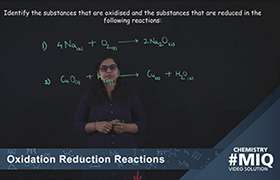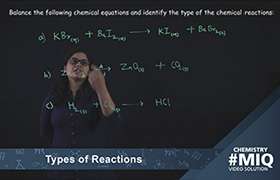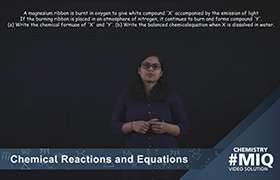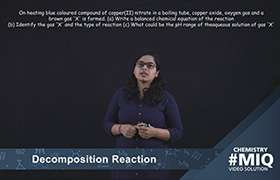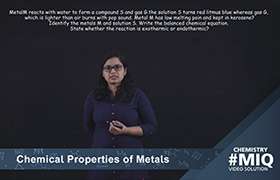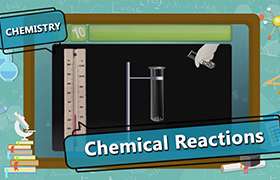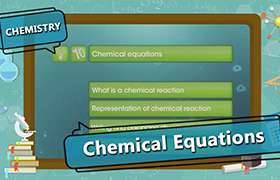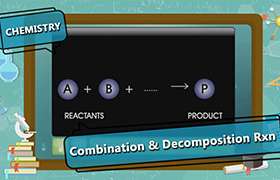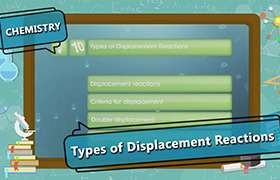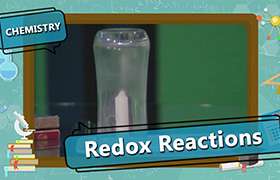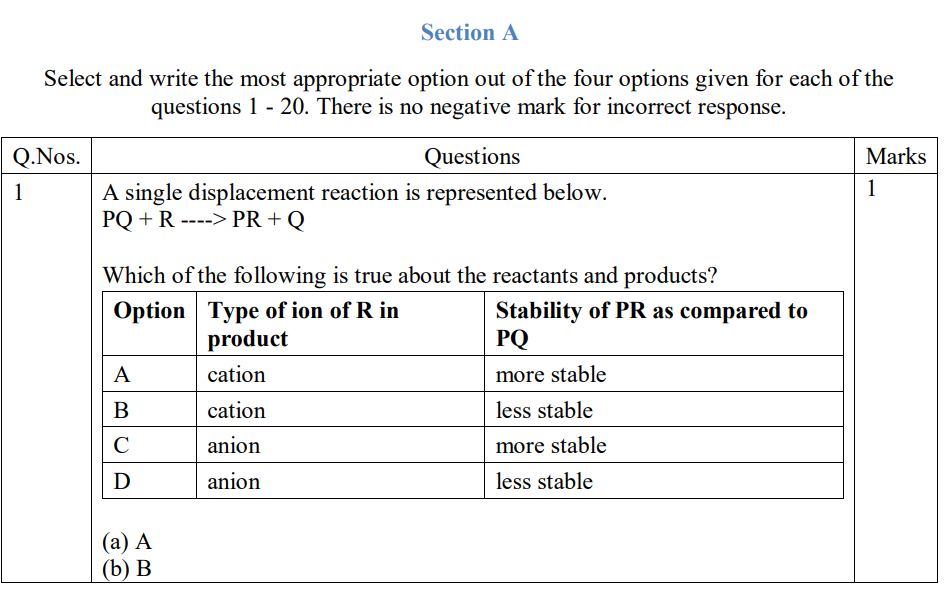CBSE Class 10 Answered
explain the text book activity 1.2 & 1.3 in step by step with diagrame and labels in own words with conclusion?
Activity 1.2:
Let us consider the reaction between lead nitrate and potassium iodide to understand the characteristics of a chemical reaction.
Take some lead nitrate solution in a test tube. Add a few drops of potassium iodide solution. What do you observe?
A yellow solid separates out from the solution. This is called a precipitate.
Lead nitrate reacts with potassium iodide to form a yellow coloured precipitate of lead iodide and a solution of potassium nitrate.
Pb(NO3)2 + KI ------> PbI2 + 2KNO3
Lead nitrate Potassium iodide Lead iodide Potassium nitrate
There is a change in the state. The original solutions of lead nitrate and potassium iodide were in the liquid state. Now, a solid has separated out from the solutions. Thus, we can say that there is a change in state from liquid to solid.
There is also a change in colour during the reaction.
Lead nitrate and potassium iodide are colourless solutions. When they react, a yellow precipitate of lead iodide is formed.
This activity shows that in the reaction between lead nitrate and potassium iodide there is a change in the state, change in colour with the formation of a precipitate.
Activity 1.3:
Let us consider the reaction between zinc and dilute sulphuric acid to understand the characteristics of a chemical reaction
Take a few zinc granules in a test tube. Add about 2-3 ml of dilute sulphuric acid to this.
What do you observe?
There are some bubbles formed around the zinc granules. This is known as effervescence. Carefully touch the test tube. You will find that the test tube has become slightly warm.
Let us study the chemical reaction taking place here.
Zinc reacts with dilute sulphuric acid to form zinc sulphate with the evolution of hydrogen gas. Heat is also evolved during the reaction.
Zn(s) + H2SO4 (aq) ----> ZnSO4 (aq) + H2 ↑
Zinc sulphuric acid Zinc sulphate Hydrogen gas
The bubbles formed around the zinc granules show evolution of hydrogen gas. Since the flask becomes hot we can say that there is a change in temperature during the reaction.
There is also a change in state during the reaction.
Before the reaction, zinc metal is in the solid state and sulphuric acid is in the liquid state. But, after they react, an aqueous solution of zinc sulphate is formed and hydrogen gas is evolved.
This activity shows that in the reaction between zinc and sulphuric acid, there is a change in the state, change in temperature and the evolution of a gas.

